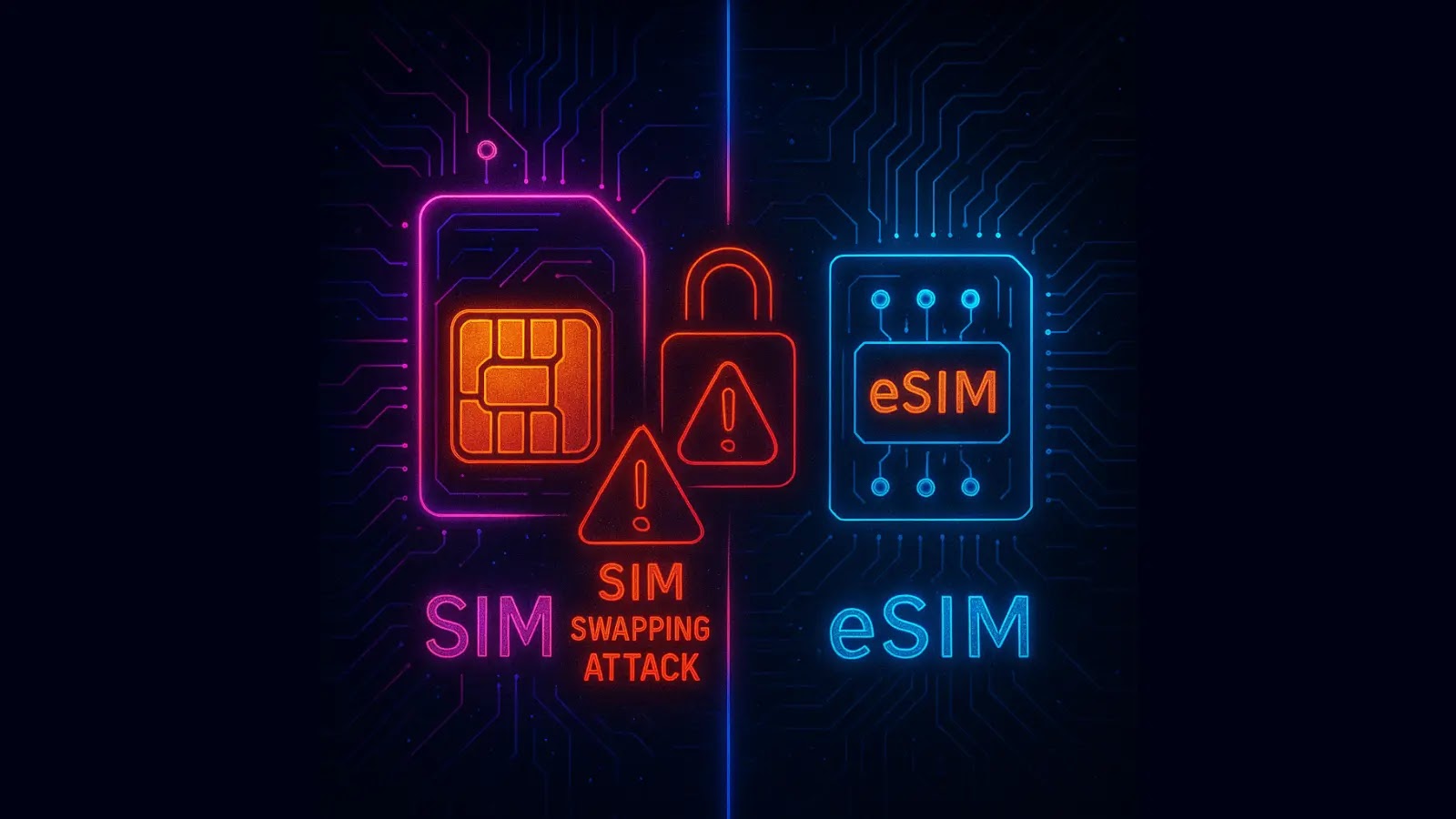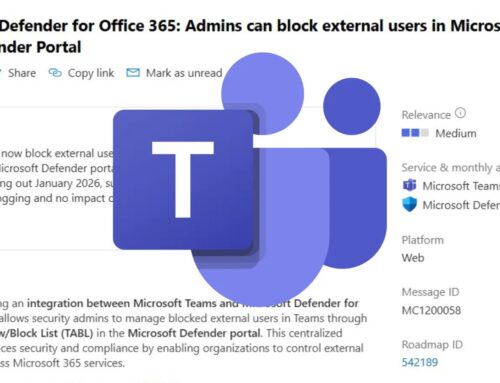
SIM Swapping Attacks on the Rise – How eSIM can Make SIM Swapping Harder
The Silent Surge: Why SIM Swapping is a Growing Threat
The telecommunications landscape is currently grappling with a severe and escalating crisis: SIM swapping attacks. These insidious forms of identity theft are not just theoretical risks; they are a demonstrable and growing threat, with recent data revealing an alarming surge in incidents. The United Kingdom, for instance, reported a staggering 1,055% increase in SIM swap cases during 2024, jumping from a concerning 289 cases in 2023 to nearly 3,000 cases. This explosive growth underscores the urgent need for enhanced security measures and a fundamental shift in how we perceive mobile phone security. This article will delve into the mechanics of SIM swapping, the devastating impact of these attacks, and critically, how the advent of eSIM technology offers a powerful new deterrent against this prevalent form of telecommunications fraud.
Understanding SIM Swapping: A Digital Impersonation
SIM swapping, also known as SIM hijacking or port-out scamming, is a sophisticated form of fraud where cybercriminals gain control of a victim’s phone number. They achieve this by tricking a mobile carrier into porting the victim’s phone number to a new SIM card that the attacker possesses. The process typically involves social engineering tactics, where the attacker impersonates the victim, providing seemingly legitimate personal information to convince the carrier that they are the rightful owner requesting a SIM transfer due to a lost or damaged device. Once the number is ported, the attacker receives all incoming calls and text messages, including critical two-factor authentication (2FA) codes. This effectively grants them access to a victim’s online accounts, ranging from banking and cryptocurrency exchanges to social media and email.
The Devastating Impact: Financial Ruin and Identity Theft
The consequences of a successful SIM swap attack can be catastrophic. With control over a victim’s phone number, attackers can:
- Drain Bank Accounts: By resetting passwords and intercepting 2FA codes, criminals can gain access to online banking portals and transfer funds.
- Steal Cryptocurrencies: Cryptocurrency wallets often rely on phone-based 2FA, making them prime targets for SIM swappers.
- Compromise Email and Social Media: Access to email can lead to a domino effect of account takeovers, while social media compromises can be used for phishing or further identity theft.
- Impersonate and Defraud Others: Attackers can use the victim’s identity to apply for loans, open new credit lines, or engage in other fraudulent activities.
While specific CVE numbers are generally associated with software vulnerabilities rather than social engineering attacks like SIM swapping, the underlying lack of robust authentication mechanisms at the carrier level can be seen as a systemic vulnerability. The human element, targeted by social engineering, often bypasses technological controls, making it a particularly challenging threat to mitigate.
eSIM: A Paradigm Shift in Mobile Security
The emergence of eSIM (embedded SIM) technology offers a significant leap forward in making SIM swapping attacks harder to execute. Unlike traditional physical SIM cards that can be removed and inserted into different devices, an eSIM is integrated directly into the device’s hardware. Here’s how eSIM makes a difference:
- No Physical Swapping: Since there’s no physical card to remove or swap, a crucial step in the traditional SIM swap attack is eliminated. Attackers cannot simply take your SIM and put it into their phone.
- Remote Provisioning and Activation: eSIM profiles are downloaded and activated digitally. This process often involves more stringent authentication procedures with the carrier, making it harder for an imposter to convince them to transfer a number.
- Enhanced Security Protocols: While not universally implemented across all carriers, the digital nature of eSIM allows for the potential integration of more sophisticated cryptographic and authentication protocols during activation and transfer.
- Device Binding: An eSIM profile is inherently tied to the device it’s provisioned on. While profiles can be transferred to new devices, this process typically requires direct user interaction and often additional verification steps, making remote malicious transfers more difficult.
Remediation Actions and Best Practices for Users
While eSIM offers enhanced security, users must still adopt proactive measures to protect themselves from SIM swapping and other forms of cyber fraud:
- Strengthen Account Security: Use strong, unique passwords for all online accounts. Enable multi-factor authentication (MFA) wherever possible, preferably using authenticator apps (like Google Authenticator or Authy) or hardware security keys (like YubiKey) instead of SMS-based 2FA. SMS-based 2FA is highly vulnerable to SIM swapping.
- Be Wary of Phishing: Never click on suspicious links or provide personal information in response to unsolicited emails or messages. Cybercriminals often use phishing to gather information that can aid a SIM swap.
- Limit Public Information: Be mindful of the personal information you share online, especially on social media. Attackers can piece together details from various sources to impersonate you.
- Set Up a PIN/Password with Your Carrier: Contact your mobile carrier and establish a unique PIN or password on your account. This should be required for any account changes, including SIM transfers. Make sure it’s not easily guessable.
- Regularly Monitor Accounts: Keep a close eye on your bank statements, credit reports, and online accounts for any suspicious activity.
- Consider a Financial Freeze: If you are concerned about identity theft, consider freezing your credit with credit bureaus.
- Use eSIM if Available: If your device supports eSIM, migrate your mobile number to an eSIM profile. This adds a critical layer of defense against physical SIM card manipulation.
The Path Forward: A Collaborative Effort
The fight against SIM swapping requires a multi-pronged approach involving users, mobile carriers, and regulatory bodies. While eSIM presents a significant technological advantage, carriers must also implement stricter internal security protocols, enhance their employee training to recognize social engineering attempts, and develop more robust customer authentication procedures. Users, in turn, must be educated about the risks and empowered with the knowledge to protect themselves. The increasing sophistication of telecommunications fraud necessitates a proactive, collaborative defense strategy to safeguard our digital identities and financial well-being.





